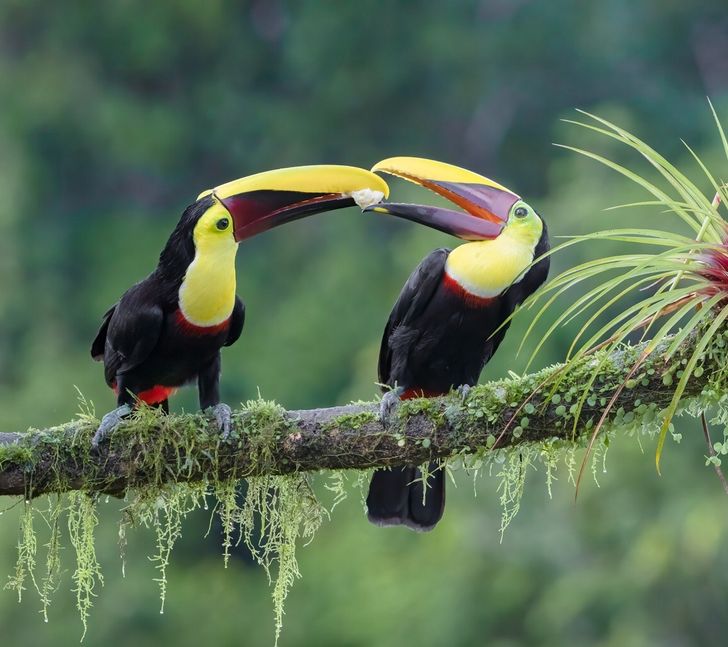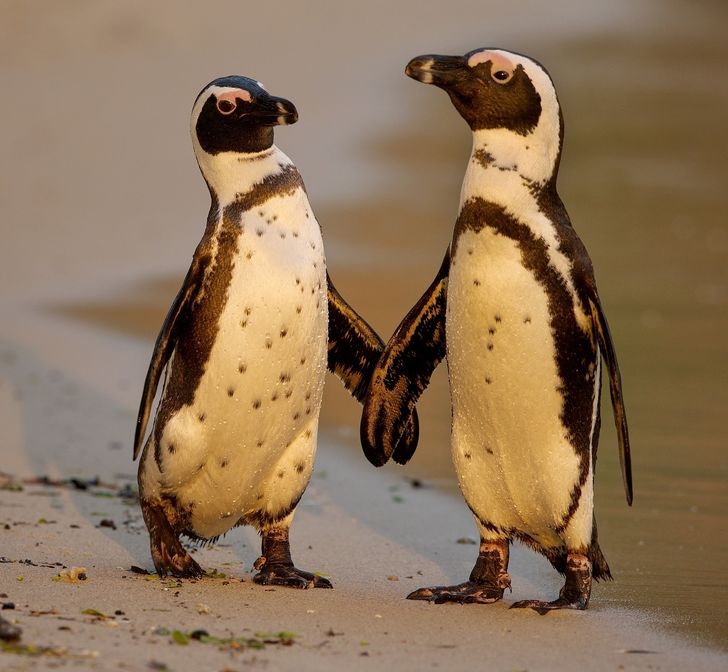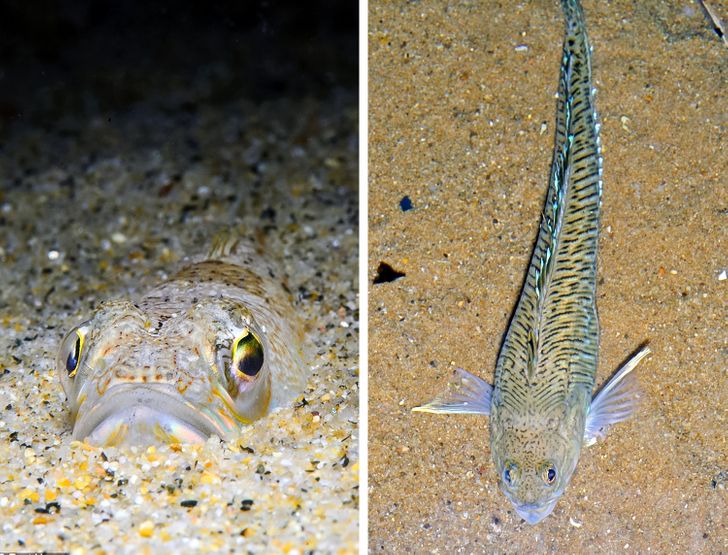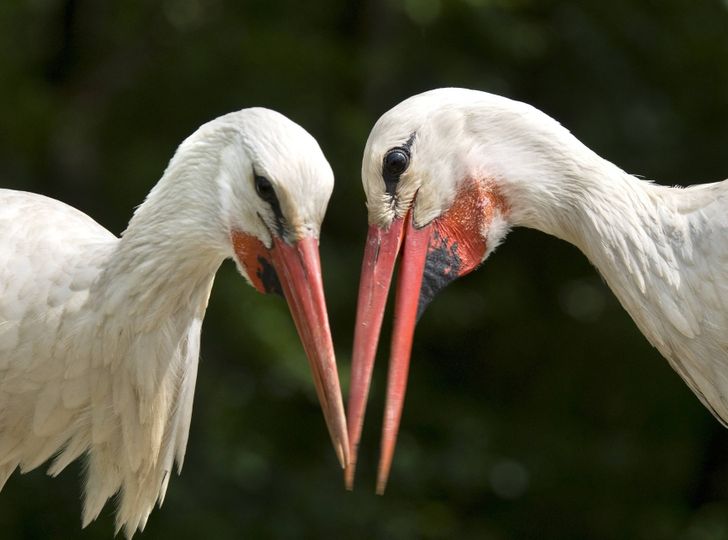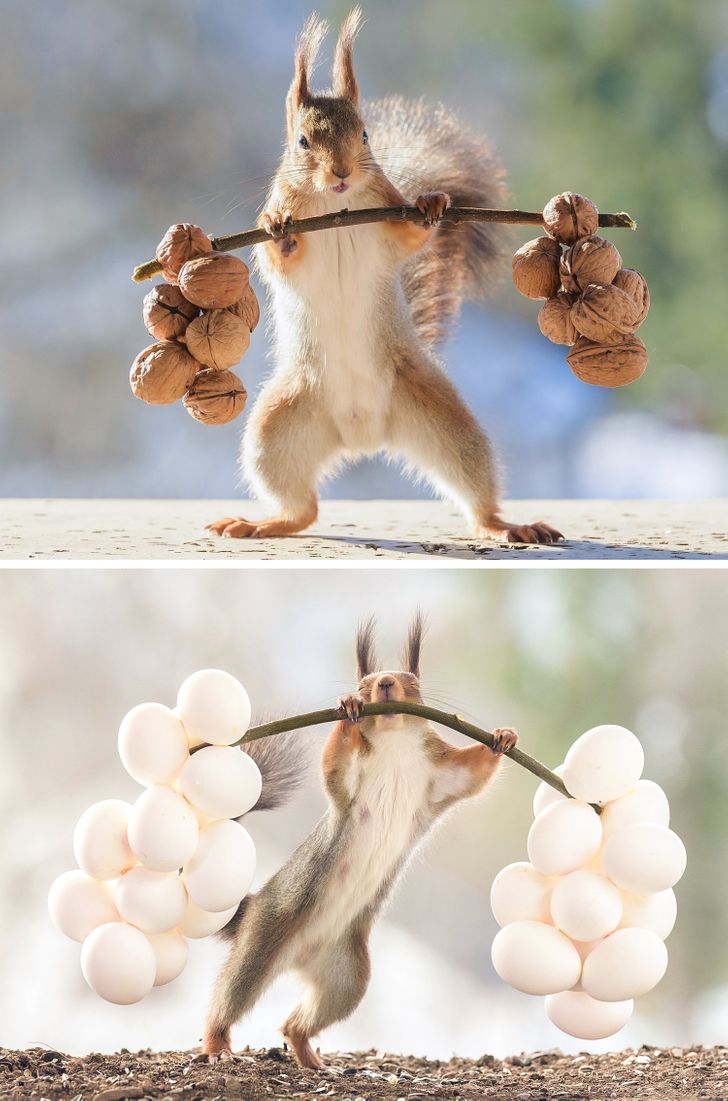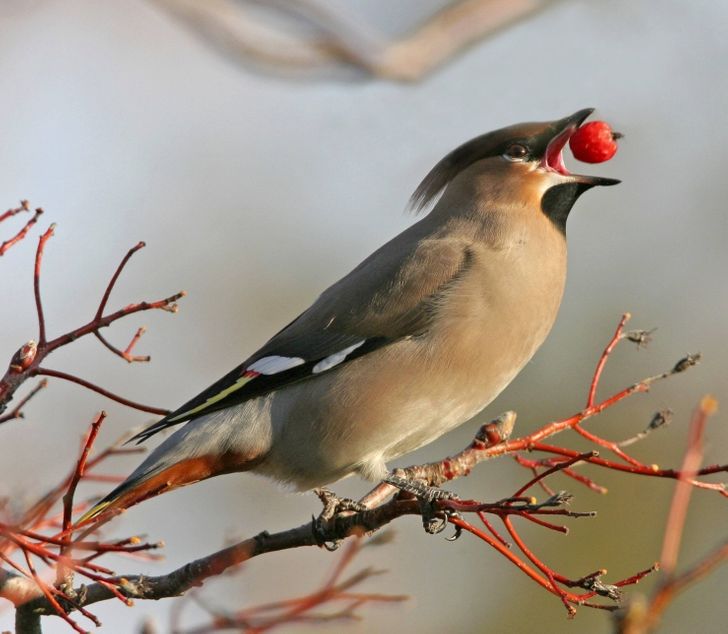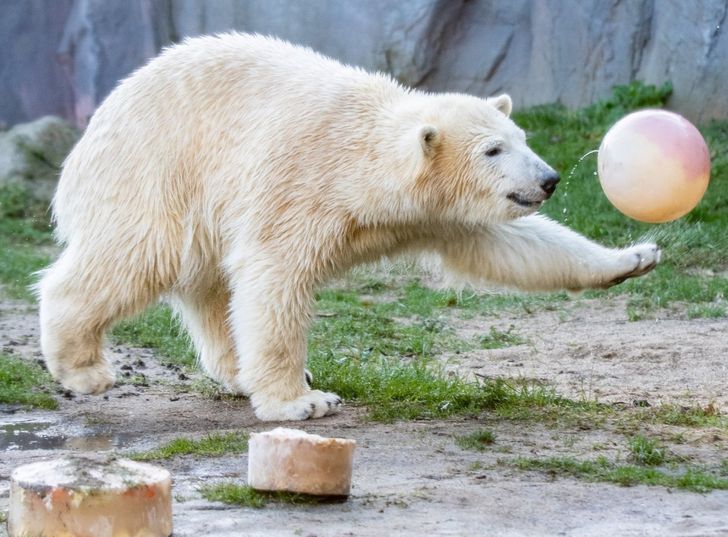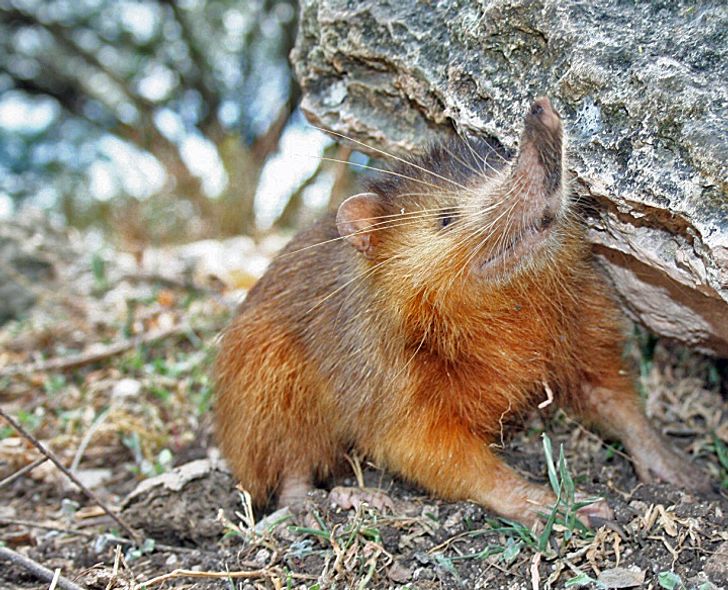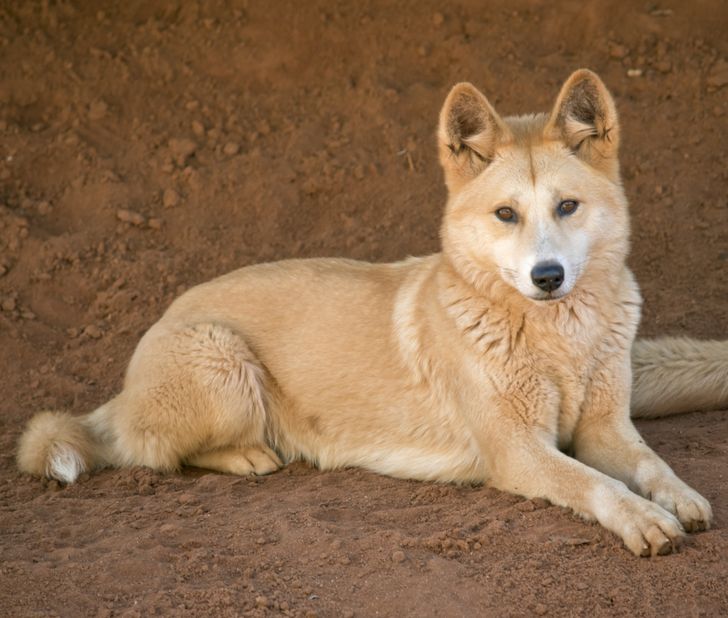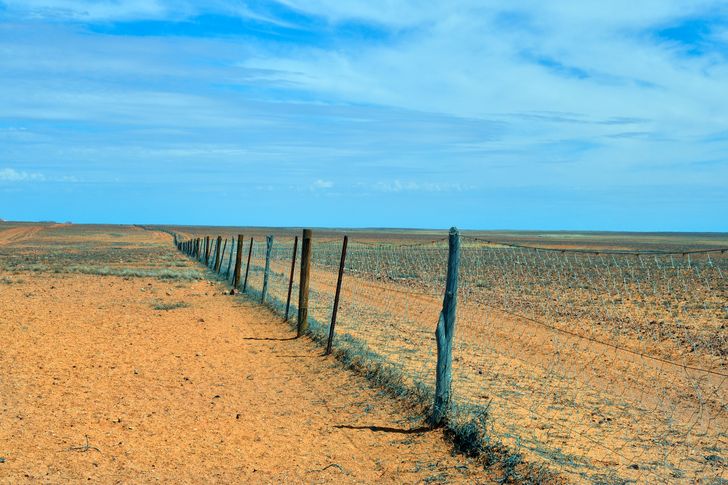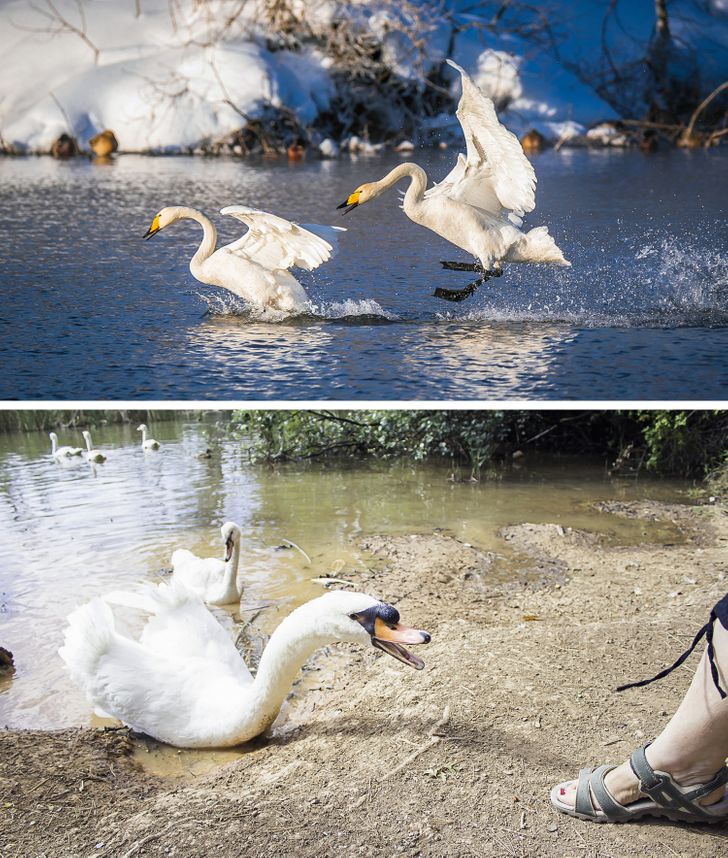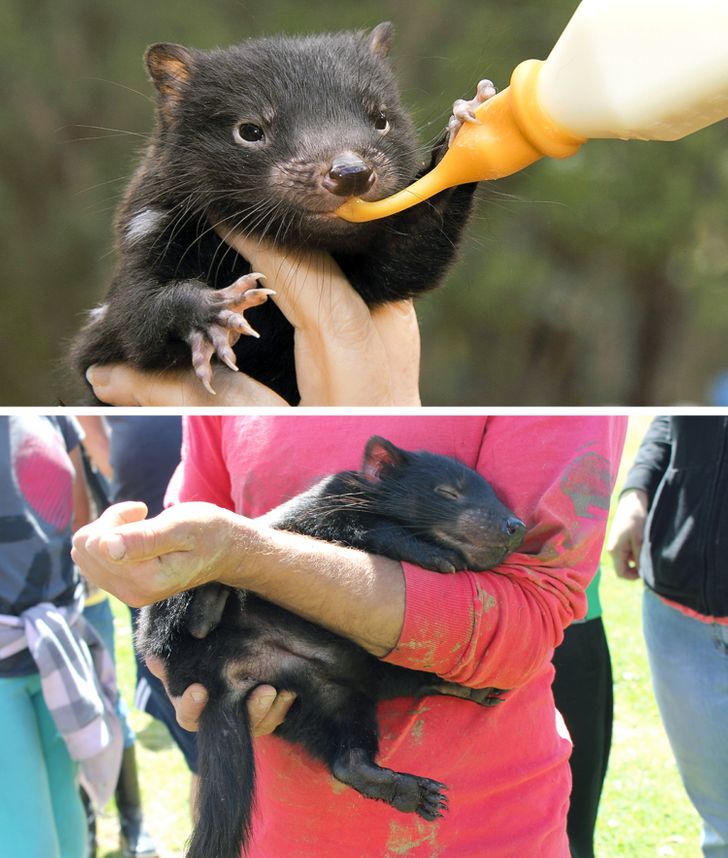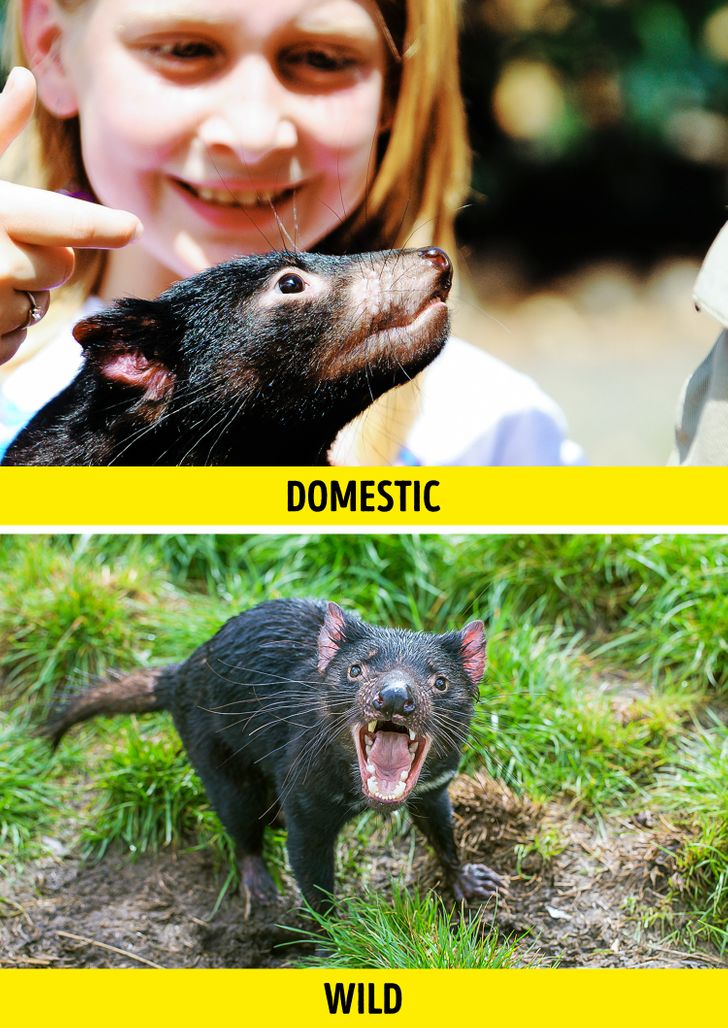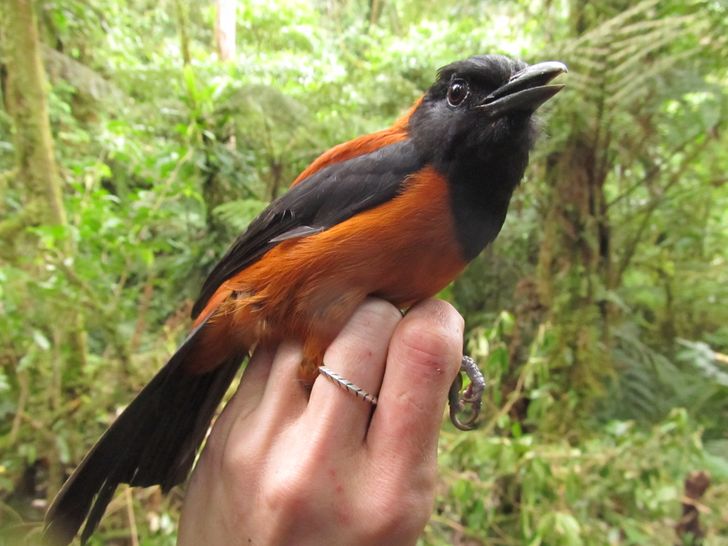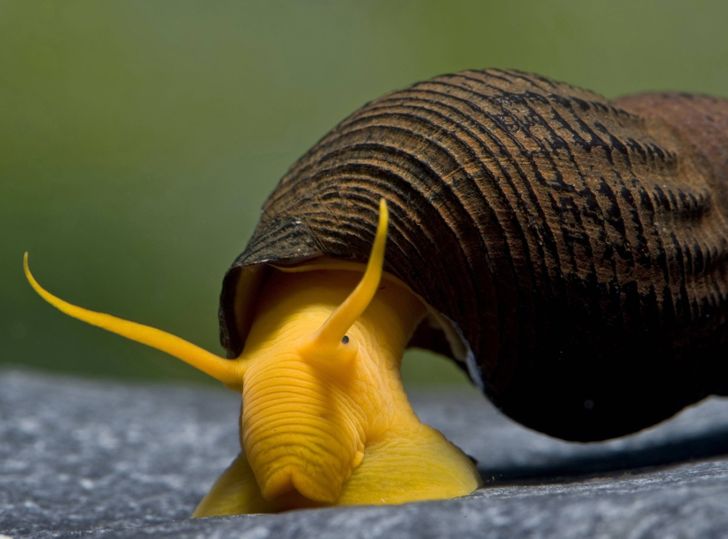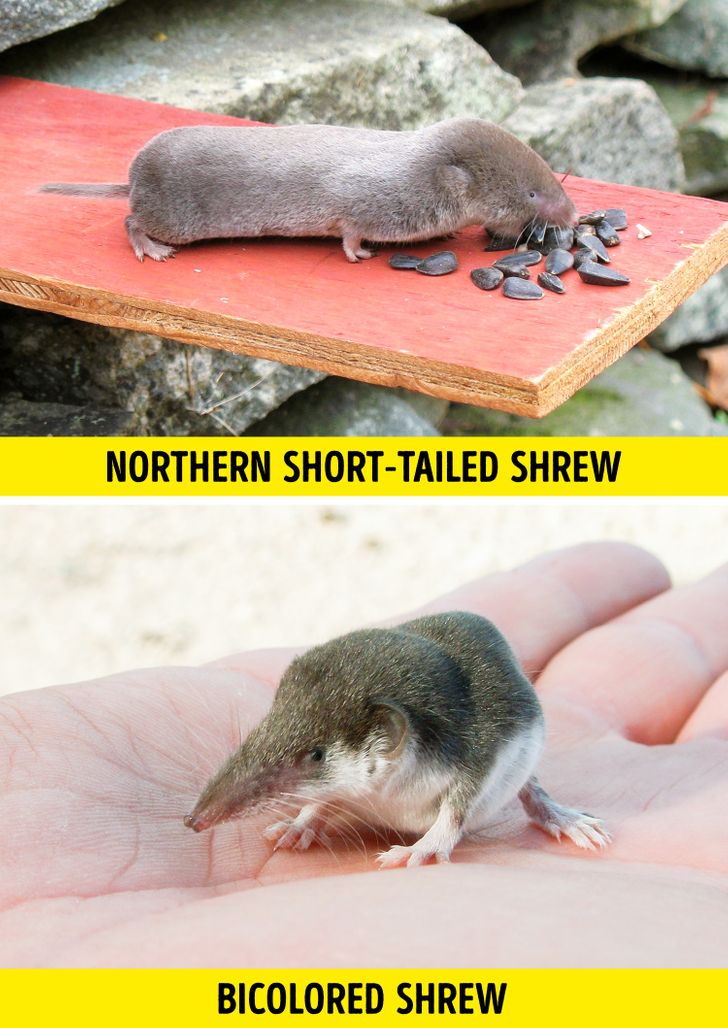Everyone knows these animals are just cute looking, from a distance ?
14 Animals That Only Pretend to Be Cuties
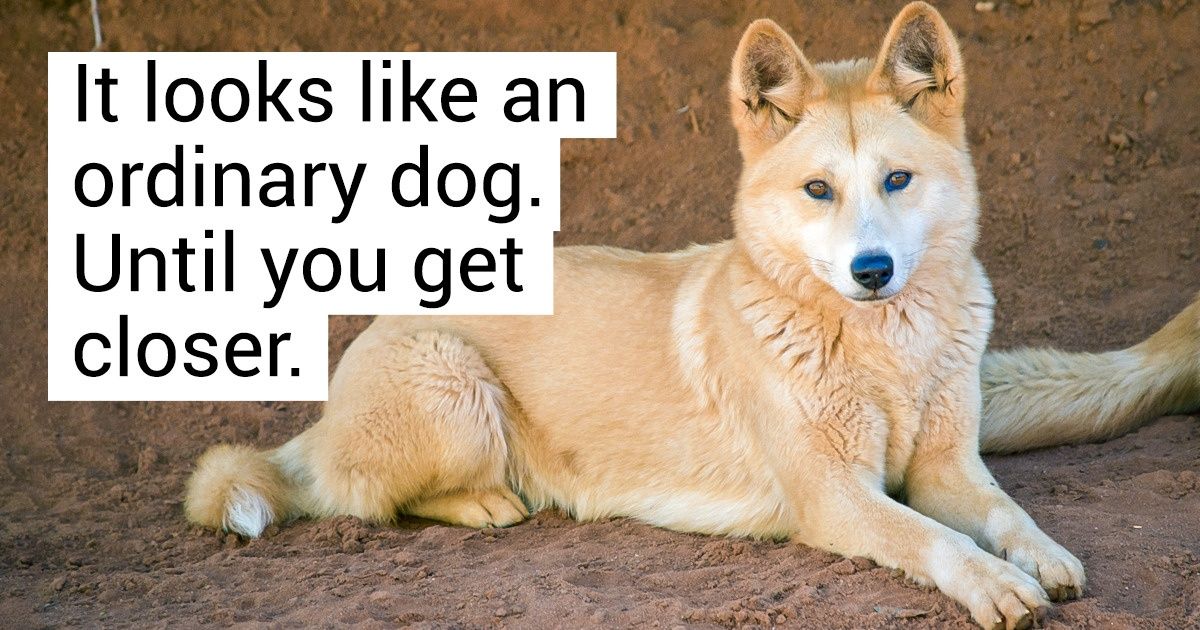
It’s not just humans whose looks can be deceiving. Charming representatives of the animal world sometimes hide many skeletons in their closets. Could you imagine that a graceful swan is able to turn over a fisherman’s boat or that one touch from a beautiful bird can result in getting poisoned? Animals have these and many other things hiding up their sleeves.
Bright Side looked behind the curtains of the animal world and revealed “the second nature” of some fluffy, feathery, and scaly creatures.
1. Toucan
The mother is feeding her baby a piece of banana.
As a rule, toucans eat fruits and their long beaks help them get treats from the thinnest of branches. But this bird is far from being a vegetarian: apart from insects and lizards, it doesn’t mind eating someone else’s chick.
Toucans are totally safe around humans. All this bird can do is peck them with its beak. But this doesn’t scare people and many end up getting toucans as pets. However, if there are other feathery creatures living in your home, it’s better to isolate the toucan from them, otherwise, it could perceive them as prey.
2. Penguin
Have you ever seen a penguin’s open beak? Their entire mouth (including their tongue) is filled with spiky, teeth-like structures. The bird needs them to be able to catch food and they act as a sort of hook. Once a slippery fish gets onto a penguin’s tongue, those structures (called papillae) pierce the prey so it won’t have a chance to escape.
Moreover, the image of penguins as loving parents that are depicted in cartoons is far from being true. Female penguins whose babies died, fight each other and take other penguins’ chicks. If they see a penguin chick left unattended, they steal it. Unfortunately, those fights and kidnappings can lead to the demise of those little chicks.
3. Greater weever
This predatory fish lives on the east coast of the Atlantic Ocean and in 3 seas: the Mediterranean, the Aegean Sea, and the Black Sea. The weever lives in both shallow waters and in deep waters. It likes to dig into the sand, which sometimes results in people stepping on it. Unfortunately, these meetings often end up as traumas or can have even worse consequences.
The fish has poisonous spines on its fins and gill wings. A sting with this kind of spike can even lead to death. However, usually, there is not a big risk for humans — the sting will be really painful, but it should get no worse than that.
4. White stork
This bird has 2 big secrets. First of all, storks don’t just eat fish and frogs, but their diet also includes other birds, their eggs, small rodents, and snakes (including venomous ones). Their huge and strong beaks help these birds catch prey.
Second, storks adopt other birds’ chicks and throw their own babies out of their nests. It’s thought that they get rid of their own chicks in 2 instances: if the chicks are weak or if the parents don’t have enough food. However, scientists have noticed situations where neither of these 2 factors was present — in these cases, it’s explained as strange behavior on the part of the birds.
5. Squirrel
A squirrel’s standard diet is nuts, seeds, berries, and mushrooms. However, this animal doesn’t mind treating itself to meat, especially in winter periods when there is not enough food. Small rodents, birds, and reptiles become their prey. Thanks to squirrels’ sharp teeth and powerful jaws, victims have practically no chance to win a battle with them.
Squirrels are not dangerous for humans. All they can do is chew through electrical wires and undermine the foundation of a house.
6. Bohemian waxwing
Its crest makes this bird one of the most recognizable ones. Its population is also quite widespread. Waxwings live in the forests of Eurasia and North America. It moves to cities in order to be able to get food in the winter. Rowanberries are the bird’s favorite food. In addition, it often eats fermented berries.
Since waxwings have small bodies, these berries have a harmful effect on the bird. They literally get drunk. By the way, this also happens to other feathery creatures who like to treat themselves to rowanberries.
These birds do many things while they are in their drunken state: they get into snowdrifts, and crash into people and windows, as well as into the walls of houses. From the outside, this may seem funny, but in fact, it often leads to fatal consequences.
7. Polar bear
The polar bear is the only creature on the planet that hunts for humans at will. All other animals prefer to hide and attack for self-defense purposes only. Perhaps this is due to the fact that, territorially, people and polar bears don’t intersect. The animals simply don’t realize that they need to be afraid of humans — this thought doesn’t exist in their genetic memory.
Moreover, these bears are dangerous not only on the ground, but also in the water. They are good swimmers and can reach a speed of around 6.2 mph. Comparatively speaking, we are slow. Some of the fastest human swimmers clock in around 5.3 mph, while their average speed is 2 mph.
8. Solenodon
This animal’s appearance resembles a rat with long thin legs and it is included on the list of venomous mammals. The venom (which is in its saliva) gets into the victim’s body through grooves on the second lower incisors, just like a snake bite. As paradoxical as it might sound, solenodons don’t have immunity to their own venom — oftentimes, when a solenodon gets bitten in a fight, it dies.
This animal hasn’t undergone any changes over the past 76 million years, which is why it’s often called a living fossil.
It’s minimally dangerous for humans — only a few bites have been recorded in history and none of them have ended up as a tragedy. The pain and edema that do happen after a bite will disappear after a few days.
9. Dingo dog
It looks like an ordinary dog. Until you get closer
The dingo is a domesticated dog, that has gone wild for a second time. Their ancestors came from Malay Archipelago, an island group between the main land of Southeast Asia and Australia. The dogs have weird taste preferences and are even prone to eating other dingoes. This is a unique feature of the dingo, since this kind of behavior in the animal kingdom is only seen in cases where animals suffer from hunger.
The relationship between humans and dingoes has been quite complicated. The dogs used to hunt the local sheep in Australia, which forced farmers to put out traps. But even this measure didn’t help to save their sheep. That’s when humans decided to build a 3,488 mile-long fence as protection from dingoes.
The fence that protects farmlands from dingoes
As a rule, dingoes behave very carefully with humans and run away if they have the opportunity. Nevertheless, they sometimes attack humans too. In most cases, this happens because of the human’s behavior — when seeing a dog, they start to communicate with dingoes the same way they communicate with a dog (they try to feed them, pet them, and play with them), forgetting about the fact dingoes are closer to wolves than they are to domestic dogs.
10. Swan
The symbol of pure love, perfection, and grace is actually quite brawny and strong. This bird usually weighs in at about 28 lbs, with a wingspan up to 8 ft.
Swans can be dangerous to humans if they get close to their nest. When attacking, these birds hiss, run at their potential enemy, and beat them with their wings.
In the best case, the foe will get a slight shock, in the worst case, they will get a couple of serious bruises. There have also been cases where swans turned over small boats with people in them.
11. Tasmanian devil
This pet-sized animal is considered to be the largest marsupial predator in the world. It lives on the island of Tasmania and is now threatened with extinction.
They are quite slow and clumsy when relaxed, but can run fast when necessary. They can also swim and climb trees very well.
This animal is said to have an iron grip: thanks to their strong jaws, devils can attack an animal that is 4 times bigger than they are. They are not dangerous for humans, however, they will only attack people in very unique cases, like when defending their babies or during mating season.
12. Hooded pitohui
This bird’s skin and feathers contain batrachotoxin — a super-strong neurotoxin. After physical contact with the pitohui, small animals usually die of paralysis and convulsions.
The toxicity of these birds comes from what they eat: bugs whose bodies are literally saturated with the aforementioned toxin. The bird eventually developed an immunity to it, but humans have not.
Nevertheless, an accidental meeting between the pitohui and humans is unlikely to end in tragedy. However, it’s not the best idea to touch the pitohui, because your fingers will get numb almost instantly and you’ll experience a prickly, pins and needles feeling. It’s likely that you will reflexively touch your face or your mouth, which will also go numb. After that, you’ll need medical help. However, so far no antidote exists.
13. Freshwater snails
These snails are not dangerous by themselves, however, their bodies often become homes for parasites that can cause schistosomiasis.
It’s the second most widespread tropical disease in the world. In 2018, for example, 229 million people were affected by it. You can get it when swimming in freshwater.
14. Shrew
Shrews can be seen in almost every corner of the world: from the tundra plains to the desert. Some types of shrews are poisonous, like the Northern short-tailed shrew (which lives in North America) and the bicolored shrew, also known as the bicolored white-toothed shrew (which lives in Europe).
The saliva of another type of poisonous shrew, the Eurasian water shrew, contains a paralyzing substance, making it one of the few venomous mammals.
Shrews are not dangerous for humans, though their bites can be painful and will create some pain or swelling that will disappear after a few days.
Which other animals do humans tend to underestimate, in your opinion?
Comments
Polar bears are the worst kind of bears to run into, you probably won't survive
Crazy how these polar bears can swim so fast, they are bigger and weight more than us so it doesn't make much sense ?
Related Reads
My DIL Excluded Me From Gender Reveal Party, Saying I’m "Not Family"—Big Mistake

I Refuse to Keep Paying for My Sister’s Lavish Life—I’m Not Her Free ATM

13 Times People Accidentally Uncovered Someone’s Biggest Secret

I Refuse to Keep Supporting My Daughter and Her 5 Kids for Free

15+ People Shared What It’s Really Like When a Surprise Inheritance Lands in Your Lap

11 People Who Chose Kindness Over Looking Away

My BFF Invited Me to Her Baby Shower, It Turned Into My Worst Nightmare

10 Long-Buried Secrets That Came to Light When It Was Too Late

I Was Shamed for Being a Single Mom — but My Little Girl, 6, Had the Last Word

I Won’t Accept Unequal Treatment in the Family Business
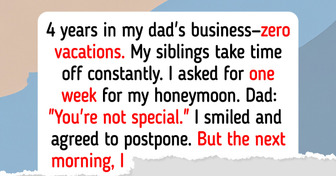
My DIL Excluded Me From Our Family Trip Photos—But She Didn’t Expect My Revenge

I Refuse to Let My Sister Step Inside the Home I Bought for Our Parents — and I’m Not Sorry

